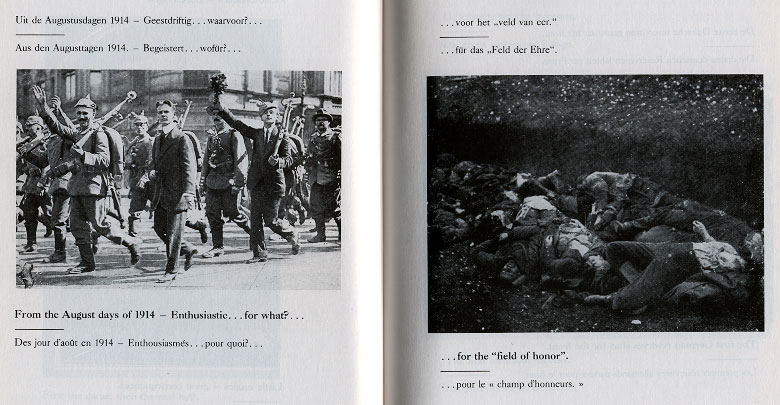 In doing some more research into space, place and location I was recommended by a tutor to read the peice by Marc Augé 'Non-Places'. It introduces the idea of spaces that aren't destinations, spaces where people travel through and not too. This concept interests me, as a lot of the work I have been doing involves the notions of space and destination.
In doing some more research into space, place and location I was recommended by a tutor to read the peice by Marc Augé 'Non-Places'. It introduces the idea of spaces that aren't destinations, spaces where people travel through and not too. This concept interests me, as a lot of the work I have been doing involves the notions of space and destination.
Augé talks of spaces such as hotel rooms, bus stops, train stations even hallways. Places where we tend not to think too much about, rather pass by.
In my own practice this relevant to my desire to understand if it is the space I am interested or the narrative in which the space reveals. Choosing 'non-spaces' as a subject would certainly force me to refine my intentions and better understand what it is I am trying to get out of the work.
I found the book engaging, some of the language was heavy, but the basic concept was explained well. It did leave some further questions in my mind about the ownership of these spaces, which feeds a litle into some of the work that has been presented to us in the "politics of space".


